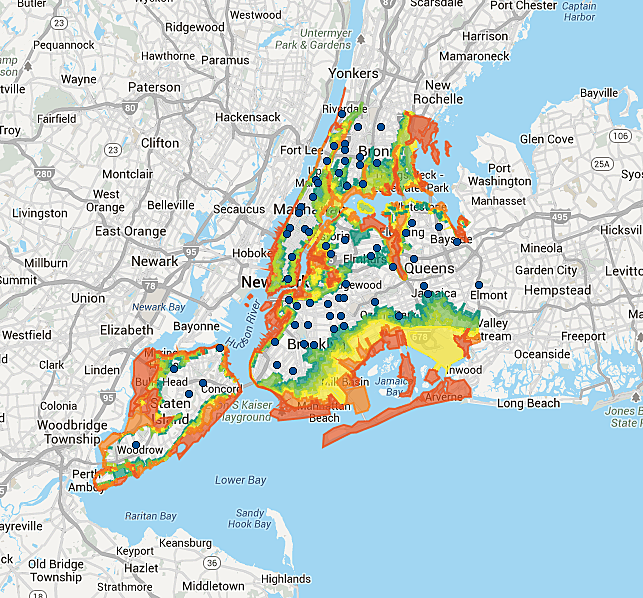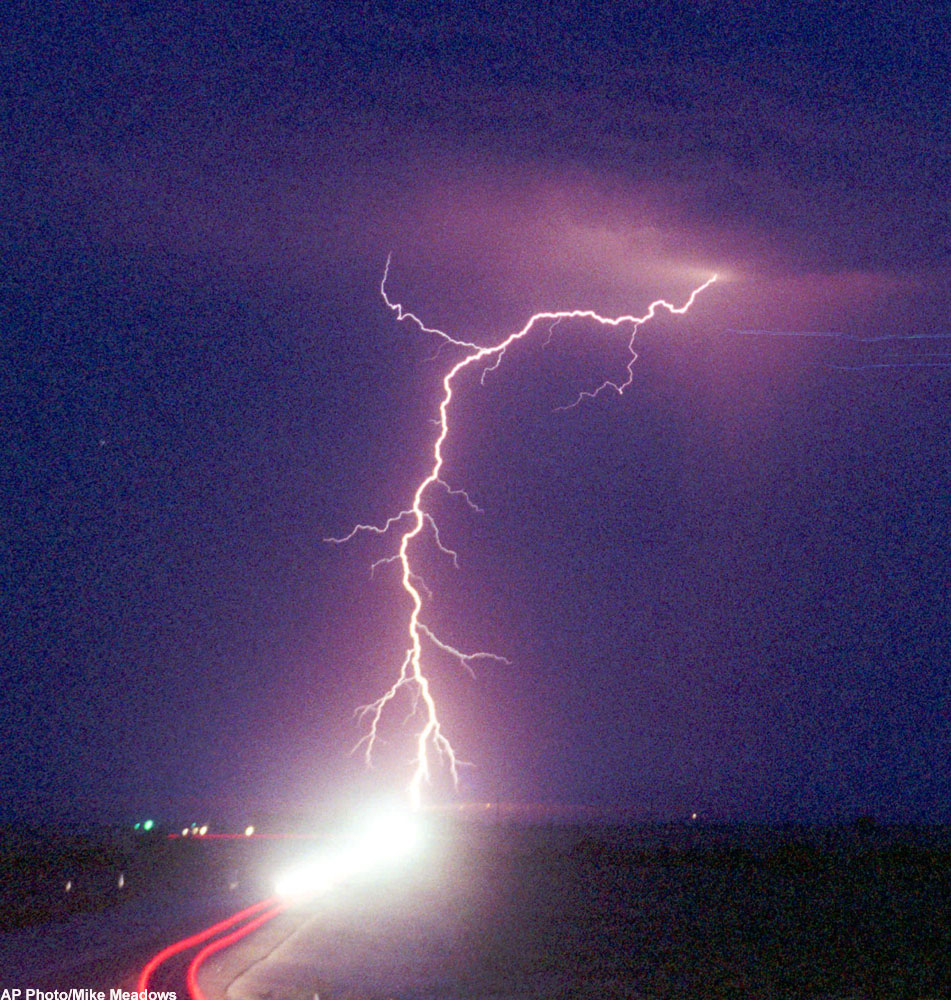NYC, Miami Expand Hurricane Evacuation Zones for 2013 Season

This article was provided by AccuWeather.com.
Better data have allowed emergency managers to improve the hurricane evacuation zones for their communities during the 2013 hurricane season.
Cities can order evacuations of a neighborhood in evacuation zones if the region is in danger of flooding from storm surge.
New York City and Miami-Dade County are some of the areas that expanded the zones following the use of SLOSH, the Sea, Lake and Overland Surges from Hurricanes. It is a computer model developed by the National Weather Service to estimate storm surges.
But officials warn residents not to focus on the hurricane's category but rather on its potential impacts.
New zones in New York City, six in total, were announced as part of the city's Hurricane Sandy After-Action report. Miami-Dade's zones expanded from three to five; officials said the expanded zones are a significant change from the maps of the last 10 years.
RELATED: Hurricane Storm Surge: Risk of Dangerous Flooding AccuWeather Hurricane Center Get Detailed Hurricane Tracking Data: Free Trial of AccuWeather Premium
Get the world’s most fascinating discoveries delivered straight to your inbox.
"We take into account the bearing of the storm. For example, Irene had a north-northeast bearing and Sandy was a west-northwest storm; Irene would produce less flooding," NYC Office of Emergency Management spokeswoman Nancy Greco said. "We also take into account how wide the hurricane is and how large is the wind field -- not just the category."
The old zone system was based on the category of the storm on the Saffir-Simpson Scale, Greco said. The NYC zones are named 1 through 6, a way to avoid confusion with the flood zone maps created for insurance purposes by the Federal Emergency Management Agency. Zone 1 would be the first to be evacuated, followed by the other zones, depending on the severity of the storm.
"The National Hurricane Center ran a larger storm over the area," Miami-Dade County Emergency Management Director Curt Sommerhoff said. "The new restudy was more consistent with the larger storms we've seen in the last few years."
But there were doubts raised when Miami-Dade first saw the bigger potential impacts.
Officials dug into the methodology of the study and found it was correct, Sommerhoff said. Once it was determined that the methodology was right, Miami-Dade officials took the data of the maximum of the maximum storm surge from each of the five categories of storm and began to draw the new zones.
There is a chance of over-evacuation, something that will never be totally eliminated, but Sommerhoff said he is hopeful that the new zones will minimize that.
The Miami-Dade appraiser has a grid system broken into 1-square-mile blocks. The grid was applied to the storm surge information and will also be able to be used in other situations including hazardous materials incidents, flooding and nuclear power plant emergencies, Sommerhoff said.
One of the tools Miami-Dade is using is a storm surge simulator created in cooperation with Florida International University. It will help people, especially those inland, have a better idea of what the impacts are, Sommerhoff said.
Sommerhoff said he watched news coverage from Hurricane Sandy where a woman from New Jersey living 2 miles inland asked, "How did all that water get in my house?"
"We have areas in the south [part of the county] where the water can get 8 to 10 miles inland," he said.
New York City emergency management officials sent out almost 1.5 million hurricane preparedness guides in early July as part of its effort to educate residents and businesses on the new zones, Greco said.
© AccuWeather.com. All rights reserved. More from AccuWeather.com.
The weather is getting stranger, right? Well, for the most part no, scientists say, but humans often think so when a strange event does occur. So here’s your chance to prove how much you known about weather oddities.
Weird Weather: One Strange Quiz



